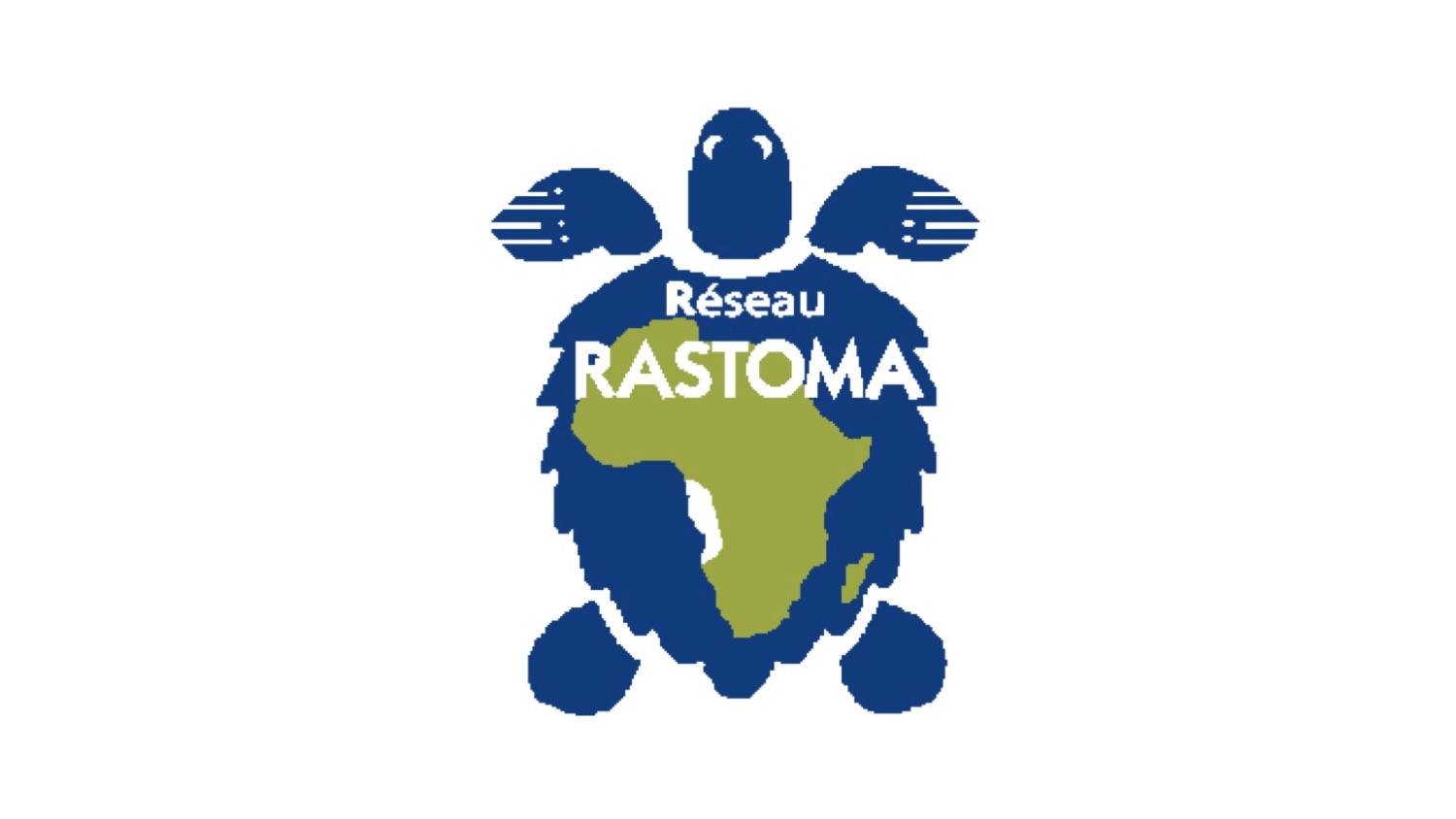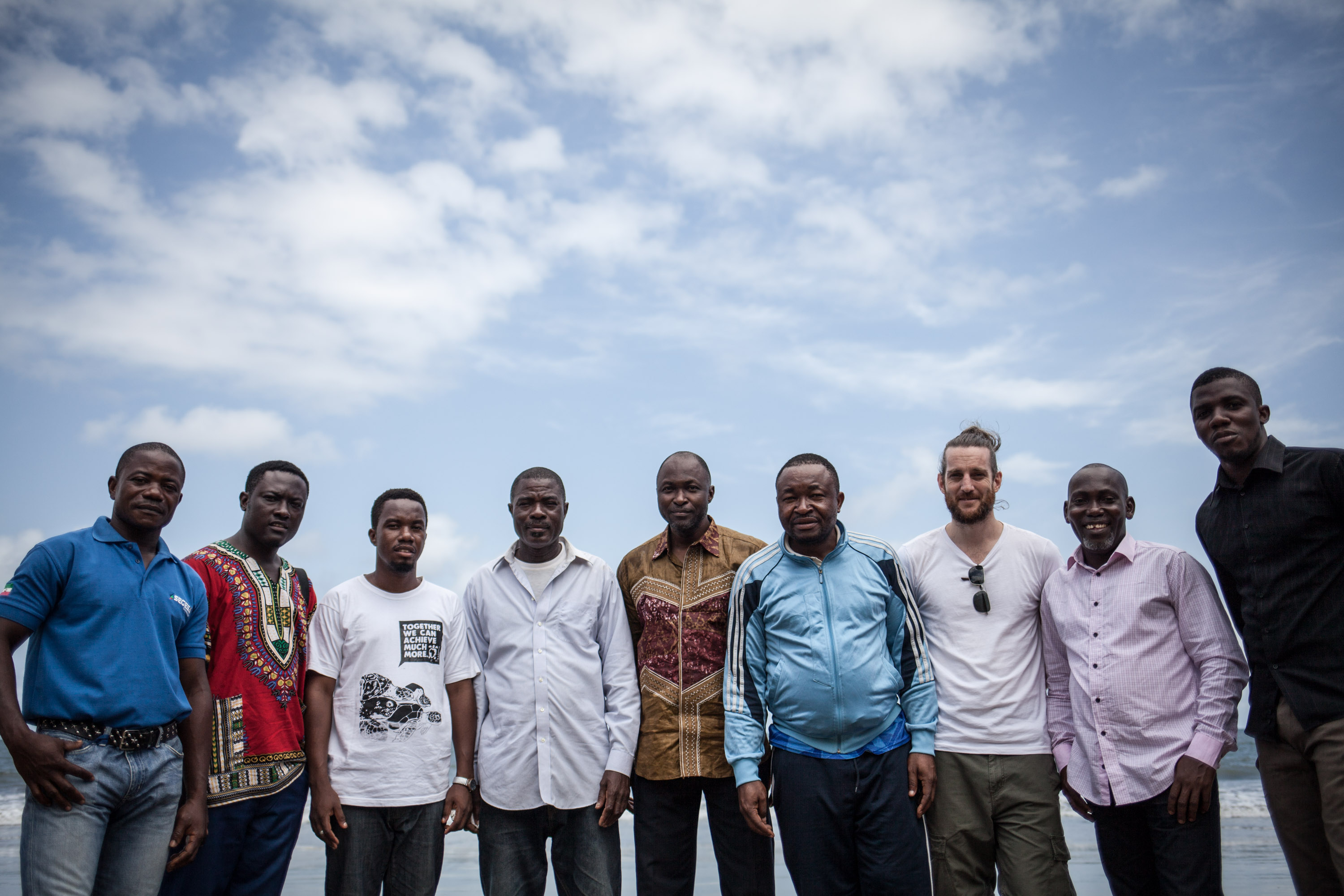On the networks side : RASTOMA
A RASTOMA’s initiative: The platform of marine turtle conservation actors in Cameroon.
Under the guidance of RASTOMA (network of actors for the conservation of marine turtles in Central Africa), the Cameroon Marine Turtle Platform was born in 2018. This platform currently brings together four member organizations of RASTOMA carrying out activities along the Atlantic coast of Cameroon: The Cameroonian Association for the Promotion of Marine Biology (ACBM), the Organization for the Conservation of marine mammals in Africa (AMMCO), Tube Awu and Kudu A Tube. The daily activities carried out by these actors for the conservation of marine turtles are:
- Monitoring marine turtle populations;
- Characterization of marine and coastal habitats;
- environmental awareness and education;
- capacity building for students and local communities;
- The promotion of income-generating activities …etc.
One of the key activities of the platform is the production of the national report, which first appeared in April 2020. The national report 2018-2019 is an annual document illustrating the activities related to marine turtles carried out by four civil society organizations along the Cameroonian coast articularly in the area of Limbé, Kribi and Campo. It also highlights the results of the nesting turtles monitoring which provide crucial data for the evaluation of population trends. For the year 2018-2019, the nesting season started in September and ended in March and the results were as follows:
- In the Campo area (south coast): 243 indices of occurrence (nests and tracks) were recorded during the season on the 28 km of beach patrolled. Two species were observed laying eggs: Olive Ridley Turtle (186 nests and/or tracks) and Leatherback Turtle (57 nests and/or tracks).
- In the Kribi area (south coast): 213 signs of marine turtle activity have been recorded, i.e. nests, tracks, egg-laying females, including 166 for the olive ridley, 39 for the leatherback and 8 for the green turtle.
- In the area of Limbé (north coast): 04 nests of which 3 olive ridley turtles and 1 leatherback turtle were detected and 1 transplanted for a number of 50 released olive ridley babies. In this area, there was an increase in the presence of egg-laying females compared to the previous season.
In the same dynamic the actors were able to define the priority objectives for the current and future year which are as follows:
- The characterization of incubation conditions on the beaches
- Characterization of feeding and nursery areas for green turtles and juvenile hawksbill turtles
- Strengthening environmental awareness/education efforts
- Increasing community development by supporting local communities in income-generating activities
This report is a means of raising awareness of the activities of marine turtle NGOs in Cameroon and communicating to state, public bodies, donors, and to the private sector and to stimulate potential partnerships. This report is a part of the platform dynamics that aims more broadly at the implementation of concerted actions between the actors of Marine Turtle Conservation in Cameroon to strengthen the impact of actions and advocacy in favour of these threatened species.
The report is available online on the RASTOMA’s website www.rastoma.org



